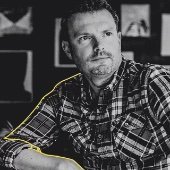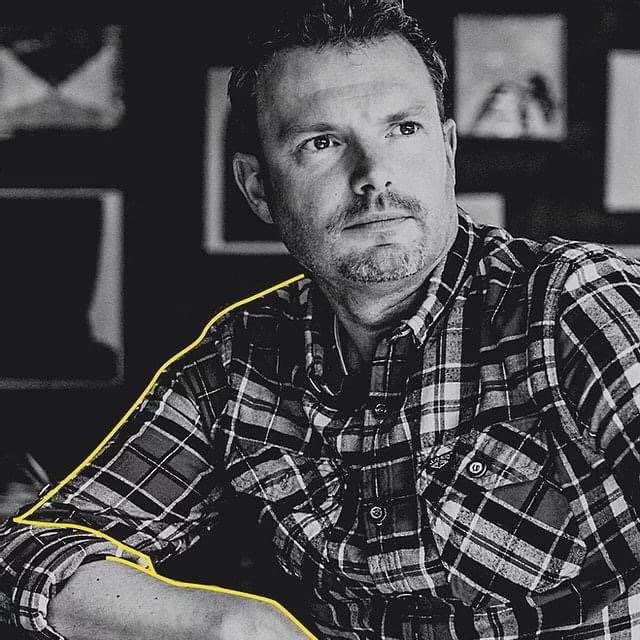-
Posts
4,779 -
Joined
-
Last visited
Content Type
Profiles
Forums
Events
Gallery
Everything posted by JeroenPeters
-
Good save! Really cool....
-

1:32 Wingnut Wings Fokker E.I Early (LF.70)
JeroenPeters replied to FarEast's topic in WNW and WW1 Ready for Inspection'
Really really cool. Great photo's too. I just love these WnW eindeckers. Already built 2, but might do another one soon.. -

Silver Wings 1/32 Fokker D.21
JeroenPeters replied to JeroenPeters's topic in LSM 1/35 and Larger Work In Progress
Cheers! Camo is done. Next: a light spray with Future. Decals. -

Silver Wings 1/32 Fokker D.21
JeroenPeters replied to JeroenPeters's topic in LSM 1/35 and Larger Work In Progress
Some green added to the mix: -
Nice one! Pics are just fine
-

Silver Wings 1/32 Fokker D.21
JeroenPeters replied to JeroenPeters's topic in LSM 1/35 and Larger Work In Progress
Thnx Nick! My deadline for this kit is Telford. So not a tight one at all. Should be able to finish the paintwork the next week. Especially since I'm off the entire week ))) -
Very nice... Great spinner. Great everything too
-

Silver Wings 1/32 Fokker D.21
JeroenPeters replied to JeroenPeters's topic in LSM 1/35 and Larger Work In Progress
Actually no. You can see a harder demarcation line on one side. This is where i used soft clay for the edge. The green will complete the scheme. Hopefully this weekend... -

Silver Wings 1/32 Fokker D.21
JeroenPeters replied to JeroenPeters's topic in LSM 1/35 and Larger Work In Progress
not going about this in the traditional way. That would be: mask everything, spray in one go. Since I'm using the hairspray technique, I'm doing this piece by piece. The reason for this is that the paint hardens out quick, which makes the chipping technique harder if you have too much time in between. -

Silver Wings 1/32 Fokker D.21
JeroenPeters replied to JeroenPeters's topic in LSM 1/35 and Larger Work In Progress
Hi Cees, I just stacked all the profiles and info i could find and mixed my own light brown. -

Silver Wings 1/32 Fokker D.21
JeroenPeters replied to JeroenPeters's topic in LSM 1/35 and Larger Work In Progress
First i sprayed the whole model a mix of alclad and linen. The more hairspray and came colours. I'm building them up slowly. No rush -

Silver Wings 1/32 Fokker D.21
JeroenPeters replied to JeroenPeters's topic in LSM 1/35 and Larger Work In Progress
Flap-ulous! -

Silver Wings 1/32 Fokker D.21
JeroenPeters replied to JeroenPeters's topic in LSM 1/35 and Larger Work In Progress
It was a good day! Managed to shoot some lead as well as paint! The aluminium parts received some base alclad and hairspray. The cowling already has some chocolate brown and chipping done. -

Fokker DVII (FOK) Gotthard Sachsenberg
JeroenPeters replied to JonathanReed's topic in WNW and WW1 Ready for Inspection'
Poppin scheme!!! Very very cool... I'm yellow with envy -

Silver Wings 1/32 Fokker D.21
JeroenPeters replied to JeroenPeters's topic in LSM 1/35 and Larger Work In Progress
Oh! And i drilled out the tail wheel and fitted a brass rod in it for strength. -
Pretty cool... nice dio opportunities..
-

Silver Wings 1/32 Fokker D.21
JeroenPeters replied to JeroenPeters's topic in LSM 1/35 and Larger Work In Progress
Hi Wouter, All that... And finish your Me410! I'm almost ready for paint. Add the landing lights today and re-did some of the rivets that got lost with sanding. As said before I managed to destroy the prop shaft. Sent Simon of Silver Wings a mail, and behold! Here's an all now prop shaft, well packaged in a plastic container. Very happy boy... Need to polish the landing light covers: Added detail to the open door: And the new prop shaft: -

Silver Wings 1/32 Fokker D.21
JeroenPeters replied to JeroenPeters's topic in LSM 1/35 and Larger Work In Progress
Still no paint! Working on the surface detail. Added the landing light lenses. Used some extra AK acrylic glass to make them pop some more. -

1/32 Wingnut Wings Albatros D.Va (OAW)
JeroenPeters replied to AlgiaNick's topic in LSM 1/35 and Larger Work In Progress
Nice start! -

**FINISHED** The creation of a man cave
JeroenPeters replied to James H's topic in Modelling Discussion
Only a little work to make it look OK. -

Ar234 Monographs 3D edition / Kagero
JeroenPeters replied to JeroenPeters's topic in Tools, Books & Misc.
Hmm ok.. Can you elaborate on the 3D renderings? Are they based on good intel? HTH- 6 replies
-
- 1
-

-
- ar234
- Monographs 3D Edition
-
(and 1 more)
Tagged with:

